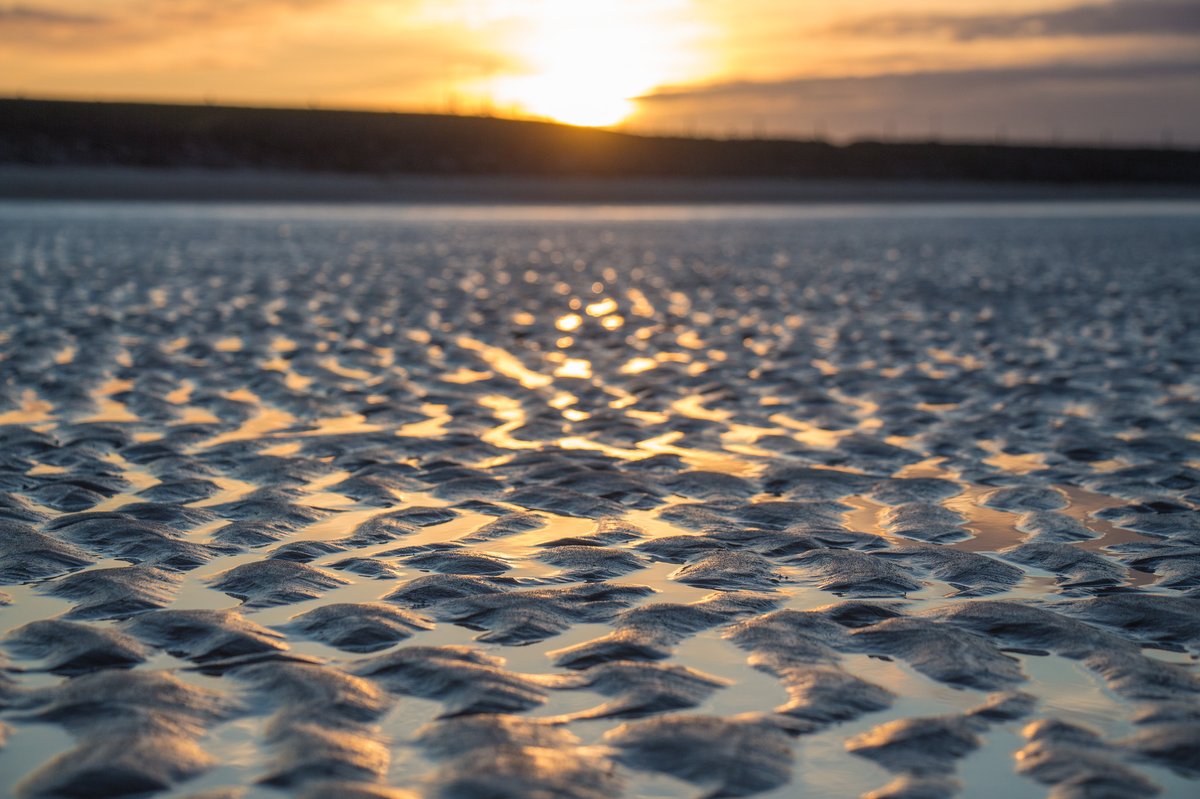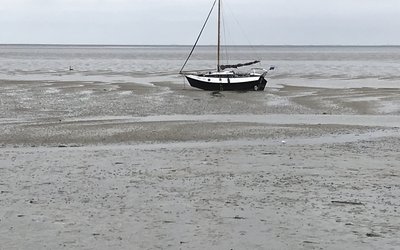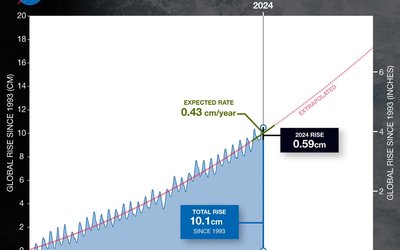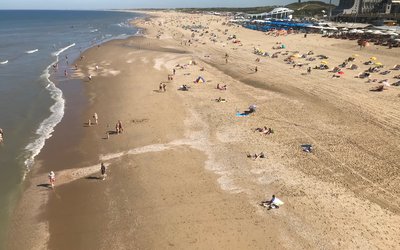Coastal erosion and coastal floods
So far, intertidal flats in the Wadden Sea can easily keep up with sea-level rise
October 4, 2019

Intertidal flats in the German Wadden Sea (photo: Alexander Fink, www.flickr.com)
The fate of the Wadden Sea depends on sea-level rise
Along the North Sea coast of the Netherlands, Germany and Denmark, a chain of barrier islands shelters an area of extensive intertidal flats and shoals, consisting of fine sand to silt, dissected by sandy tidal channels and creeks. This is the Wadden Sea, a UNESCO World Heritage Site. All sediment that settles into the channels and onto the intertidal flats is imported from the North Sea. Whether this area can keep up with sea-level rise, and the intertidal flats do not drown, depends on the amounts of sediments that channels and creeks import from the North Sea.
About 60% of the total extent of the Wadden Sea, approximately 300 km of Wadden Sea coastline, is part of the German North Sea coast. Recent developments of the German Wadden Sea, in terms of erosion and deposition, have been quantified based on all available data on the height of the intertidal flats and shoals, and the depth of the channels and creeks in the area.
Accretion intertidal flats exceeds current rate of sea-level rise
Where future scenarios in scientific studies on the Wadden Sea show intertidal flats unable to keep up with sea-level rise, developments so far paint a completely different picture. In the period 1998 to 2016, almost all of the intertidal flats in the German Wadden Sea show an accretion of sediments. The majority of channels and creeks, on the other hand, have deepened over time. The intertidal flats accrete with rates ranging from 4 to 22 mm/year. These rates exceed the observed recent mean sea-level rise of 2.2 to 6.6 mm/year for the German Bight. This is in line with recent studies on the Dutch Wadden Sea and on tidal flats in the Dutch Eastern and Western Scheldt estuaries. Also, the intertidal flats are expanding. The average deepening of the channels was 20.0 mm/year.
An abundance of sediment
According to these results, the German Wadden Sea is accumulating sediment. The vertical and areal growth of the intertidal flats implies a gain of sediment in these areas that dominates over the sediment loss due to the deepening of the channels. According to the authors, this gain is about twice the amount of what would be needed for the intertidal areas to keep up with the current rate of sea-level rise. Apparently, there is an abundance of sediment in the area while the combined effect of sea-level rise, tides and wave forcing results in an import of these sediments from the North Sea into the Wadden Sea.
Future development
This study is only a snap shot of current dynamics in the Wadden Sea. These results do not allow projections of future morphologic evolution of the Wadden Sea, due to the diversity and complexity of the Wadden Sea system.
Source: Benninghoff and Winter, 2019. Nature Scientific Reports 9.








